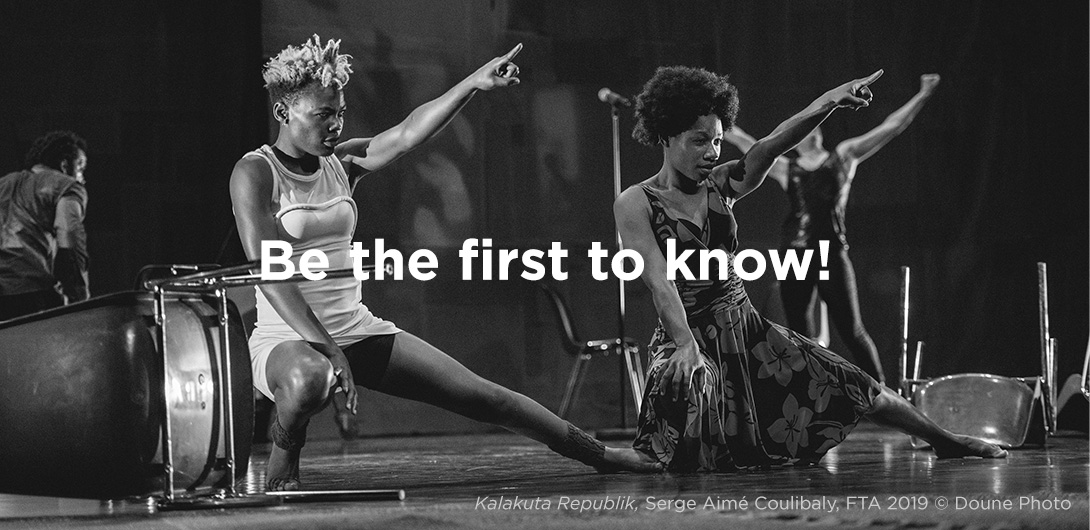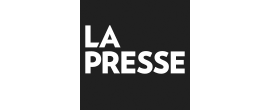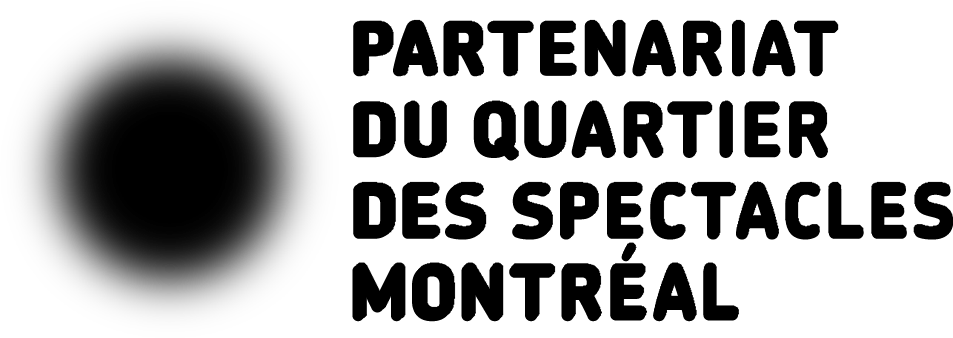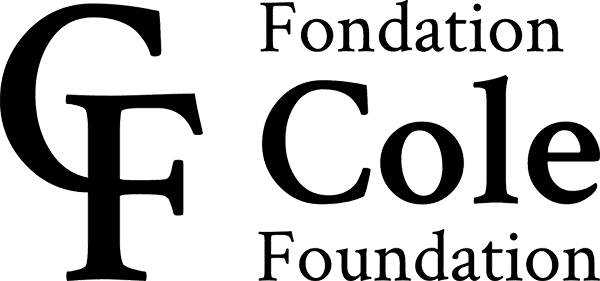SIERRANEVADA [2020]
In a bare space with no props save a blonde wig, a trial by choreography demands jumping repeatedly, again and again. When the depletion of resources offers the prospect of transformation.
Manuel Roque’s inexhaustible body twists and turns in vivid beams of incandescence. The combustion of energy is intense and the sweat flows, giving way to a body of the future. The depletion of resources becomes an opportunity for transformation, revitalizing the designs of humanity as it plunges towards its own destruction.
In a large space with no props save a ridiculous blonde wig, the dancer-choreographer expresses the idea of impending collapse with a test of physical stamina that involves jumping up and down, again and again, interspersed with moments of introspection. Beyond imagining the coming catastrophe, he transmits the echoes of an alternative narrative. Will our imminent downfall open up to unexpected potential? After Data and bang bang, SIERRANEVADA is the third part of a reflection on the anthropocene and the human condition. In the intimacy of a shared experience, the artist and « collapsologist » invites us to decolonize our imaginations for a rebirth that is attuned to the music of a trembling world.
Produced by Cie Manuel Roque
Created and performed by Manuel Roque
Created with Marilène Bastien + Sophie Corriveau + Lucie Vigneault
Soundtrack Manuel Roque
Technical and Production Director Judith Allen
Coproduced by Festival TransAmériques + Les Brigittines (Brussels) + La Rotonde (Québec City) + Agora de la danse + Ateliers de Paris / CDCN (Paris)
With the support of La Briquetterie (Vitry-sur-Seine) + La Rotonde (Québec City) + Circuit-Est Centre Chorégraphique
Thanks to Daniel Léveillé Danse + Marie-Andrée Gougeon + Anne Sauvage + Atelier de Paris team + Peter James + Patrick Bonté + Les Brigittines team + Philippe Dupeyroux
Presented in association with Agora de la danse
Written by Myriam Perraton-Lambert
Translated by Neil Kroetsch
Premiered at Festival TransAmériques, Montreal, on May 27, 2020
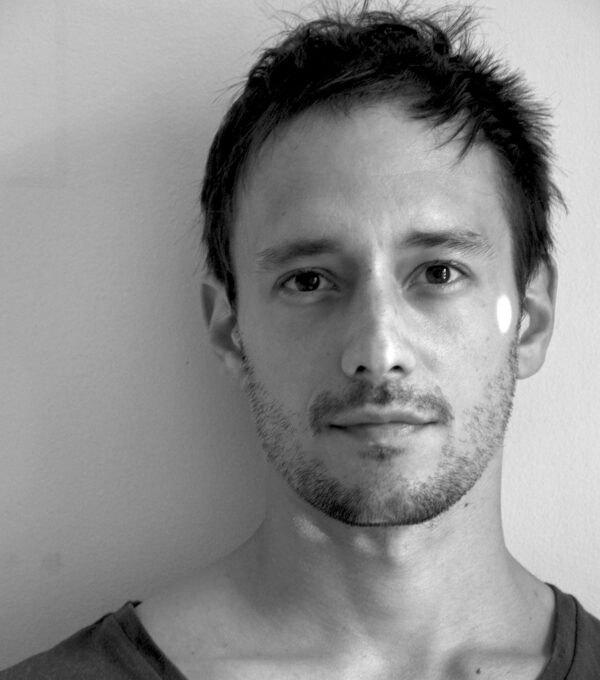
Manuel Roque (Montreal)
A minimalist poet of supernatural physicality, Manuel Roque is a leading figure in contemporary dance in Quebec.
